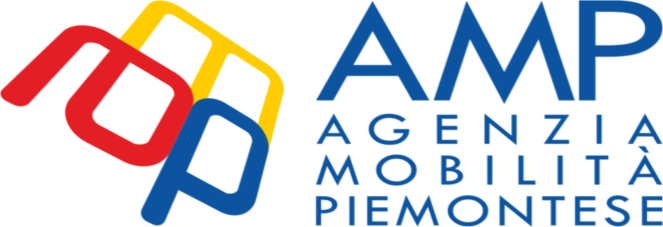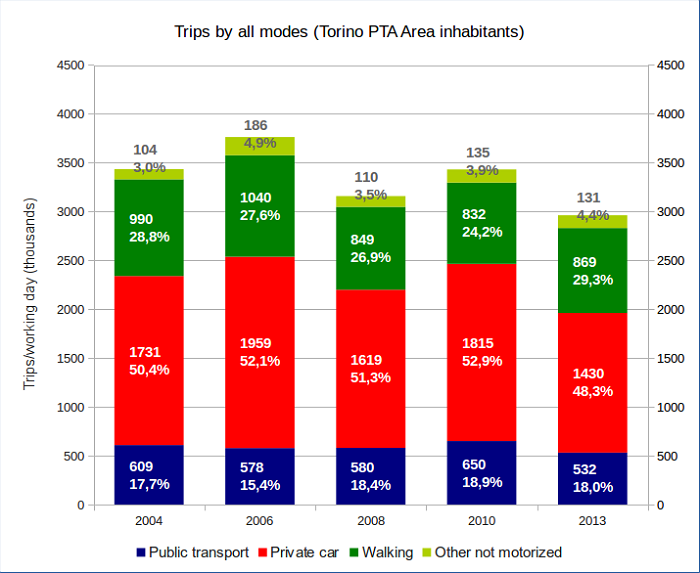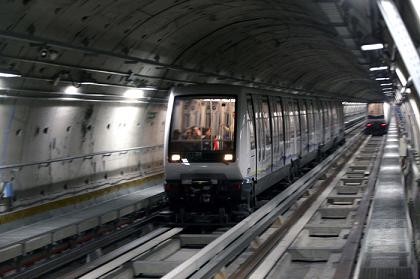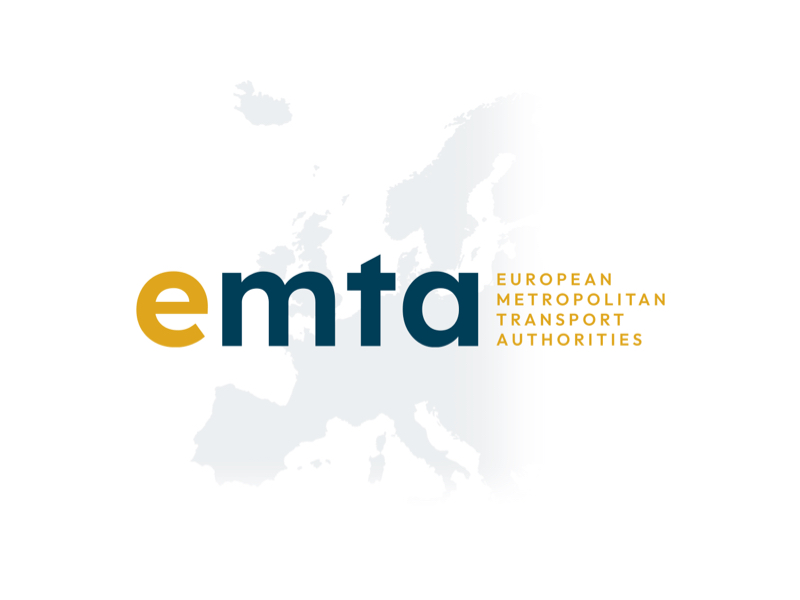Turin
Are you a registered member of EMTA? Log-in to access contact details.
Basic information
Name of the public transport authority: Piedmont Public Transport Authority
Name of the PTA in local language: Agenzia della mobilità piemontese (AMP)
Geographical area: Piedmont region
Inhabitants in the PTA area: 4.2 million
Responsibilities
Ticketing: AMP provides support for the fare policy in the Piedmont region. We update the fare levels based on the inflation rate changes.
Procurement: AMP prepares the tender notices according to the EU and Italian legislation, define the public services obligations according to UE Reg. 1370/2007, and manage the contracts with the operators.
Rolling stock and depot ownership: AMP does not own the rolling stock. AMP does, however, provide financial contribution to operators through state funds for the renewal of rolling stock. AMP does not own depots.
Public transport planning: AMP’s main activity is to define the amount of public transport service and the timetables according to population needs. The guidelines for planning are included in the tender offers.
Development of mobility policy / Transport system planning: AMP provides support to the bodies who are responsible for mobility plans at the local or wider context.
Marketing of public transport: AMP’s role in marketing is focused on the recognisability of services, independently from the operator, by using logos and branding common to specific services, such as commuter rail or the whole bus service in a defined sub-area of Piedmont region.
Passenger information: Routine passenger information is the responsibility of the operators. AMP provides specific information in the occasion of the launch of new services or in case of major changes to the existing ones.
Organisational model
Metropolitan/regional department
AMP is a consortium formed by the regional administration of Piedmont, the city of Turin, the local administrations (8 Provinces) and the main municipalities of the Piedmont Region. The regional territory is divided in 4 sub-areas.
The decision making bodies are:
- The Assembly: permanent body
- The Board: elected body (5 members: the President and a representative for each of the four sub-areas)
- The 4 sub-areas Assemblies (composed by all the local administrations of each sub-area)
The voting rights are distributed as follows: 25% to the Regional administration, 25% to the City of Turin, 8,3% to the Province of Turin. Percentages of 15%, 13% and 11% are assigned to the remaining 3 sub-areas and are split into smaller voting rights granted to the local administrations within each sub-area.
Transport service contracting
Procured by the PTA: urban buses, regional buses within the PTA, metro, commuter trains, regional trains, trams, inland water ferries, funicular, on-demand bus services
Not procured by the PTA. Most/al services accept PTA tickets: regional buses within the PTA, regional buses stretching outside of the PTA, commuter trains, regional trains, light rail
Current developments
As of 2024:
- The extension of Metro line 1 in Turin to the Western metropolitan area with four new stations and 3,4 km is expected to open at the end of 2025/beginning of 2026.
- Construction of the first section of Metro line 2 (13 stations and 9,4 km) is expected to begin in 2025.
- Renewal of rolling stock (rail, trams and buses) is under way.
- The suburban rail network will be upgraded by opening new routes to connect the main city with the outer municipalities with increased frequency, and a new link in the south-western part of the metro area will be opened by using a rail section previously dedicated to cargo services.
In the rest of the region parts of historical rail infrastructure will be reopened for regular public transport by tendering to existing/new operators if economically sustainable.



